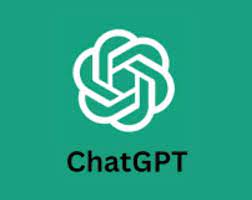GPT (Generative Pre-trained Transformer) chatbots possess certain capabilities that make them valuable in various applications. However, they also have some limitations. Let’s discuss the capabilities and limitations of GPT chatbots:
Capabilities:
- Natural language understanding: GPT chatbots can comprehend and interpret natural language inputs from users. They can understand the context, extract key information, and discern the intent behind user queries.
- Contextual generation: GPT chatbots excel at generating responses that are contextually relevant to the input they receive. They can generate coherent and meaningful text based on the preceding conversation or user prompts.
- Creative text generation: GPT chatbots have the ability to generate creative and diverse text outputs. They can produce responses that go beyond simple factual answers and provide more nuanced or imaginative replies.
- Language diversity: GPT chatbots can handle conversations in multiple languages. With appropriate training and fine-tuning, they can generate responses in different languages, facilitating multilingual communication.
- Personalization: GPT chatbots can leverage user data and preferences to provide personalized responses and recommendations. They can tailor their responses based on user history and behavior, enhancing the user experience.
Limitations:
- Lack of knowledge beyond training data: GPT chatbots’ responses are based on the patterns and information present in the training data. They do not possess real-time or up-to-date knowledge beyond what was available during their training. Consequently, they may not be aware of recent events or developments.
- Sensitivity to input phrasing: GPT chatbots can be sensitive to the phrasing or wording of user inputs. Slight changes in how a question is asked may yield different responses, which can lead to inconsistent or unexpected replies.
- Difficulty with nuanced queries: GPT chatbots may struggle with understanding and responding to complex or nuanced queries. They may provide generic or incomplete answers when faced with ambiguous or highly specific questions.
- Potential for incorrect or nonsensical responses: GPT chatbots can occasionally produce incorrect or nonsensical answers. They may generate responses that sound plausible but are factually inaccurate or lack coherence. This is because they rely on statistical patterns in the training data and may not possess true understanding.
- Ethical considerations: GPT chatbots can inadvertently learn biases present in the training data, leading to biased or unfair responses. Care must be taken to ensure that chatbots are trained on diverse and unbiased datasets and regularly monitored for potential biases.
- Lack of emotional intelligence: GPT chatbots struggle to understand and respond to emotions expressed in user inputs. They may provide factual responses but may not adequately address the emotional needs or concerns of users.
Understanding the capabilities and limitations of GPT chatbots is crucial for deploying them effectively and managing user expectations. While they offer powerful natural language generation capabilities, it’s important to consider their limitations and supplement them with human oversight and intervention when necessary.
SHARE
